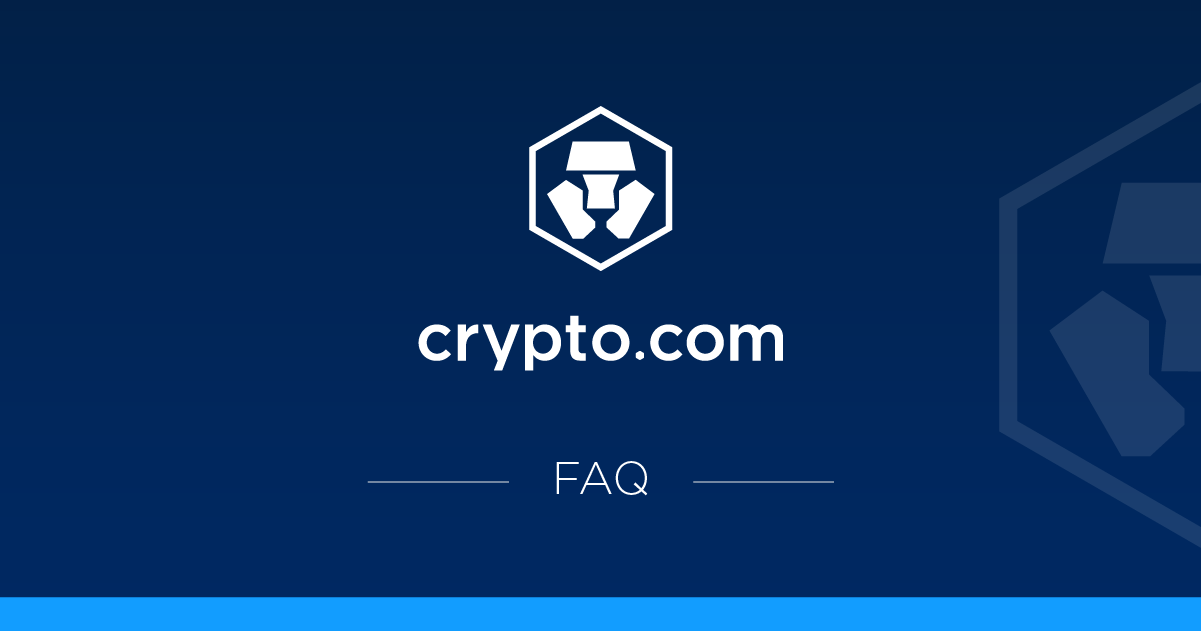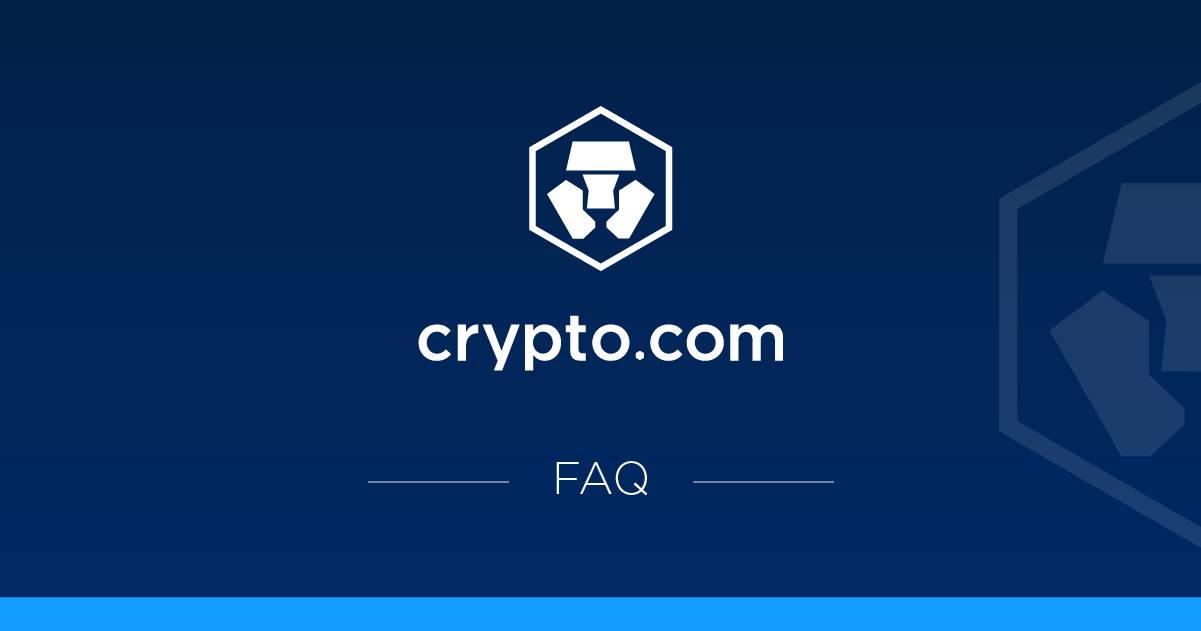Bank Loans vs Alternative Loans
Since the beginning of the ‘Great Recession’ banks have tightened lending policies and made it more difficult for individuals and small businesses to obtain favorable terms for their loans. This is mostly a protective measure on their part, which is not surprising given the fact that most of the financial turmoil of the last decade has come from lax financing policies at major banking institutions. But since loans are now more difficult to obtain, it is important for borrowers to explore alternative options. Fortunately, new alternative loan types have popped up over the last few years. Here, we will look at some of the most commonly used choices.
Credit Cards
The first option for many individuals and small businesses is the credit card. The advantage here is that it is easier to be approved for credit cards, and they offer an easy way to obtain quick cash. Problems come when borrowers are not able to pay back the loan in 30 days, as interest rates for credit cards tend to be far higher than what is seen in the traditional bank loan. For these reasons, credit cards should only be used as a method for short-term financing that you are confident can be repaid within your revolving period. If this is not understood, interest bills can start to build very quickly.
Peer-to-Peer Lending
Peer-to-Peer lending sites like LendingClub.com and Prosper.com help match potential lenders with owners of small businesses. These businesses will use background information to create a company profile and detail their needs for financing. Lenders benefit from the investment potential of the business. Small business owners benefit from their increased ability to grow their company. Peer-to-Peer lending is often favorable to traditional bank lending because it allows for greater specificity, matching industry-specific investors with the appropriate companies. These sites cover back-end functions like recordkeeping and disbursements (making transactions much easier), and then they charge a flat fee or a percentage of the loan for the service.
Micro-Lending
Micro-Lending is often used by non-profit organizations to find loans of up to $250,000. Typically, these loans come from individuals or smaller community groups that can offer money for developing corporations. Many of these community groups are sponsored by the Small Business Administration (SBA) and include organizations like ACCION. Lending rates using these methods tend to be more favorable, given the fact that they are usually meant for charitable or non-profit organizations. But this also means that the loans are harder to obtain because your company must meet criteria that are more strict. Micro-lenders might also require collateral, evidence of industry experience, and a good credit score before approval.
Conclusion: Always Explore the Options
New loan types like peer-to-peer lending and micro lending provide some alternative options for individuals and companies that cannot secure traditional bank loans. In some cases, banks can offer the best terms of your loan. But in some cases (as in charitable or non-profit organizations) alternative arrangements can provide better terms. Not all loan types are equal, but it always makes sense to explore all your available choices.
Tips
Every business needs to know why Accounting is important and how it can serve them on their way to success. Read the following article to understand The Importance Of Accounting.









